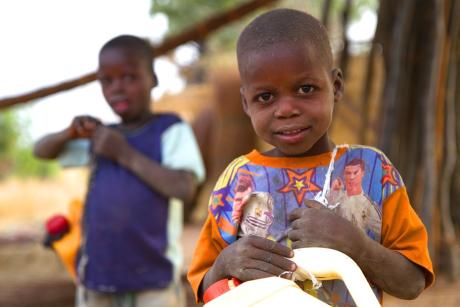
Jaslok Hospital, Mumbai, private sector
Published January 26, 2015, last updated on October 17, 2017 under Voices of DGHI
Dechen Lama, Shilpa Sridhar
Bass Connections
We’re currently writing all the way from Chennai, India. These past couple of weeks have been quite an adventure. We’re here to research the current state of prenatal genetic testing in India, in order to understand how non-invasive prenatal testing could be implemented and utilized here. To understand all the challenges—social, legal, ethical, and practical—we’ve been interviewing health practitioners at all levels and in public and private sectors. This means we’ve had a lot of amazing opportunities to interview doctors, clinicians, lab technicians and researchers in cities and villages across India, from big urban cities like Mumbai to rural villages in southern Tamil Nadu. All of this traveling has given us a real taste of India. What stands out the most from our experiences are the dichotomous opposites held together in the same space.
The snapshots of the Indian healthcare system that we saw were dramatically different in every facility we visited. In Mumbai we first visited a public hospital that serves many families that are below the poverty line, and biological samples were being stored in a regular kitchen refrigerator. We were told by the doctors we spoke to that cost was one of the biggest, if not the biggest, barrier to prenatal genetic procedures such as non-invasive prenatal testing (NIPT). The next day we visited another hospital which catered to middle and upper class families. The hospital was almost as spotless and well-maintained as a tertiary facility in the US, and the geneticist we spoke with told us that in her opinion, most families would not have an issue paying for NIPT.
This dichotomy was also visible between urban and rural settings. In the state of Tamil Nadu we visited Chennai, the capital city, in which the physician we spoke with informed us that most of his patients undergo an ultrasound, biochemical screen and an amniocentesis prior to delivery. In Thanjavur, a small town in rural Tamil Nadu, doctors told us that usually an ultrasound only is performed and neither amniocentesis and biochemical screenings for abnormalities are done due to the high volume of patients and low number of physicians.

We also saw this disparity in non-medical settings as well. For example, when we were in Mumbai each day we would drive past one of the largest slums in the world in order to return to our hotel. Juxtaposed against these shanty homes were huge multi-storied luxury apartments and hotels. Mumbai compared to the rest of India is one of the richest and most developed cities, but it also is one of the greatest examples of massive wealth inequality.
Another dichotomy we observed is in terms of gender roles. Driving anywhere in India, you won’t see many women on the streets or driving vehicles, especially in the south where communities are a lot more conservative. In the south you’ll also find that almost all women dress traditionally in saris or kurtas. Not many women wear modern western clothing. What’s interesting, though, against this conservative and traditional backdrop, was that most of the doctors we interviewed or shadowed were women, and they chose to wear saris to work. So even though the culture in India may be more male dominated, one will still find women at the top tiers working as doctors and heads of their medical fields.
In all, we’ve both gained a wealth of knowledge and information for our research, but we’ve also learned so much about life in India. It has been overall enlightening experience.


